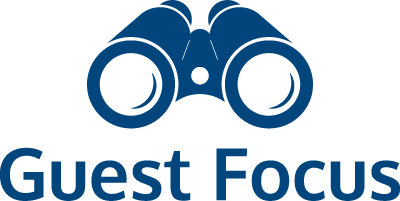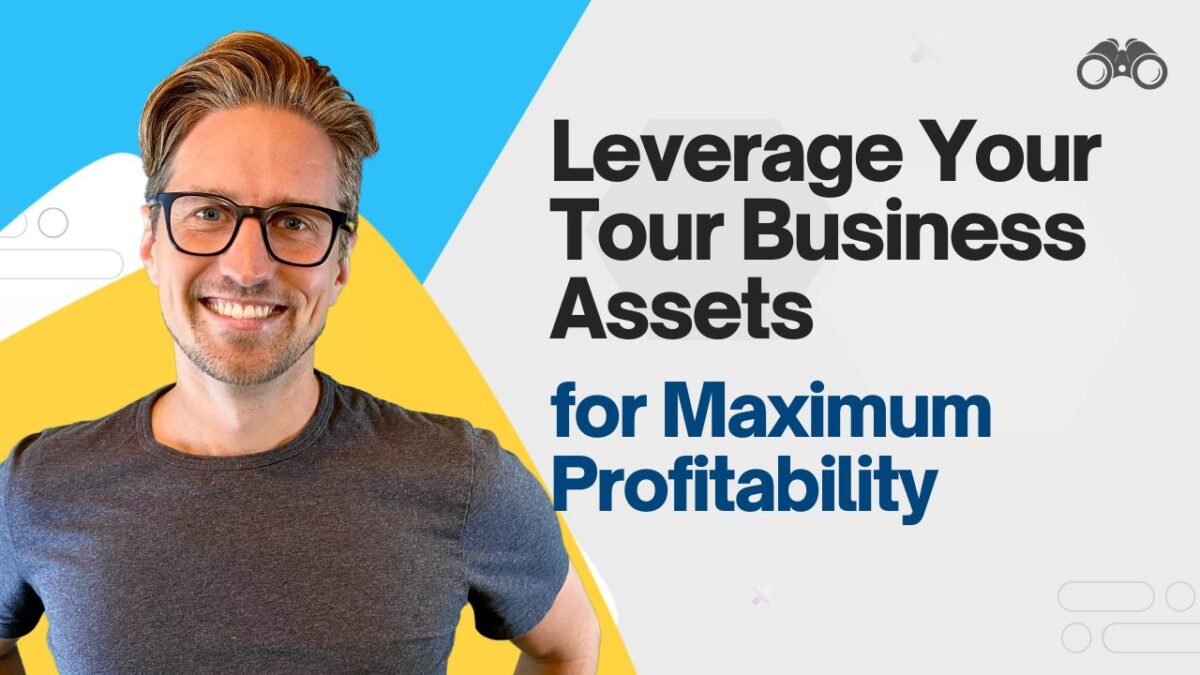
Gift Cards 101: Maximize Profits & Win New Customers with Tour Gift Cards
August 6, 2024
The Guest Focus VIP Marketing Method™: Revolutionizing Tour Operator Marketing
August 28, 2024Leveraging Your Tour Business for Maximum Profitability
Growth and profitability does not require significant investment in new assets. In fact, the key to unlocking your business’s potential is already in your hands.
You can grow your profits without purchasing a single new piece of equipment or hiring new staff. And you already have the tools you need to do this at your disposal. The secret? Maximizing the assets you already own.
As a tour business coach, I’ve seen countless operators transform their bottom line by simply rethinking how they use their existing resources. From a paddle board rental company that tripled its revenue by offering guided tours, to a party bike operator who boosted profits with a single pricing adjustment, the examples are both inspiring and eye-opening.
Let’s explore five key strategies for squeezing every ounce of value from your current assets. These insights could be the change your business needs.
1. Optimize or Grow Your Tour Capacity
This recommendation applies especially to group tours, but also has relevance for private and custom tours. For any given group tour, you want to ensure that when you’re using an asset—be it a guide or a vehicle—it’s operating at full capacity as much as possible.
While we’ve discussed using variable and dynamic pricing to encourage flexibility and increase revenue in other pieces of content, here we want you to consider ways to increase the total number of guests on your group tours. This applies equally to multi-day and day tour operators.
Many multi-day operators believe in a maximum group size, often citing intimacy as a key value proposition. However, this is like running a tour business on ‘hard mode’. The more guests you can add to a multi-day group tour, the more you’re spreading out costs. Those initial customers cover most of the tour costs, meaning that additional group members significantly boost your profits.
Here’s a real-world example: A bike tour operator in our coaching program believed in a maximum group size of 8-10 bikes per tour, with two staff members. Their Guest Focus coach identified this as a potential profitability booster. By removing one staff member and increasing capacity by five passengers during their busiest season, they netted over $25,000 in additional revenue in just one year.
2. Diversify Your Offerings with Existing Assets
Consider creating unique, high-value offers using the same underlying assets. For example, Vancouver Water Adventures transformed their paddle board rental business by offering paddle board tours (rather than sticking to rentals only). This not only differentiated them from competitors but also increased their revenue per asset.
Similarly, they had seadoos that were idle in the mornings but fully booked for rentals and tours in the afternoons. By creating a new “The Ocean is Yours” tour, highlighting the benefits of early morning harbor excursions, they maximized the use of these assets throughout the day.
3. Target Different Customer Segments
Consider adapting your existing assets to target different ideal guests or customer segments. For seasonal businesses, this could mean leaning into local corporate opportunities during off-peak tourist seasons. Your existing tour leaders, vehicles, or itineraries could be adapted for corporate team-building events or holiday celebrations.
The Sea to Sky Gondola in Squamish, British Columbia, exemplifies this strategy. While primarily focused on international tourists, they regularly reach out to local residents and families during shoulder seasons, offering special events like Easter egg hunts, Halloween activities, and photos with Santa.
4. Focus on High-Profit Tours and Services
Analyze your product lineup to identify your most profitable offerings. Vantigo Tours discovered through his booking software that a new oyster tour was consistently less profitable and running below capacity compared to his wine tours. Despite his personal preference for the oyster tour, he made the tough decision to discontinue it, allowing him to focus entirely on the more profitable Napa Valley wine experiences.
5. Test and Probe Your Pricing
Many tour business owners undervalue their services. Don’t be afraid to differentiate yourself through higher pricing that reflects your quality. Even small price increases can significantly impact profitability when compounded over time.
A party bike operator in our program was initially hesitant to raise prices for private bookings. After some convincing from his Guest Focus coach, he increased his price pricing by over $150 to better reflect his target 50% profit margin. The result? He continued to sell out his private tours consistently, substantially increasing his business’s profits with the exact same assets.
By adopting these strategies—optimizing tour capacity, diversifying offerings, targeting different customer segments, focusing on high-profit tours, and testing pricing—you can significantly increase your business’s profitability without substantial capital outlays. The key is to look at your existing assets and maximize the revenue they generate.

